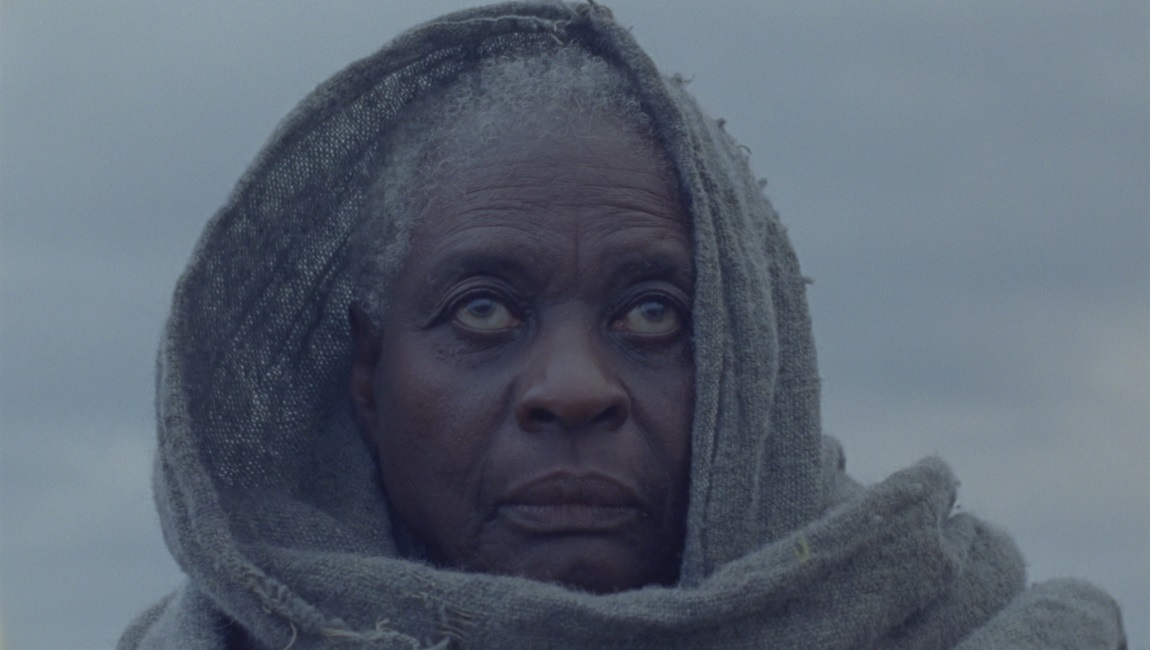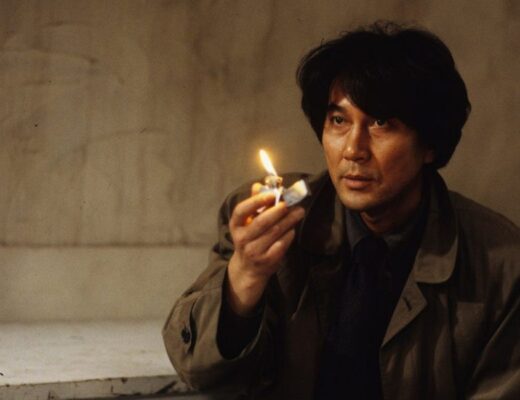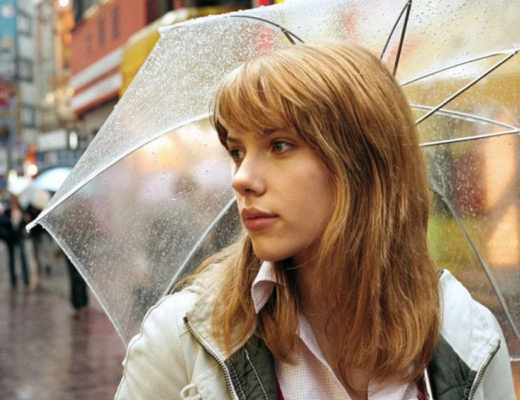In recent years, Damien Manivel seems to have become a latter-day example of the French auteur hiding in plain sight. Like such figures as Paul Vecchiali, F. J. Ossang, and Jean-Charles Fitoussi, Manivel has existed at the periphery of the French industry, making films his own way and following his own star. His 2016 film The Park debuted at Cannes that year, and his last film, Isadora’s Children, attracted attention after being picked up by MUBI for online distribution. In light of this, one might reasonably expect that by this point, he’d be appearing in the Quinzaine, if not Un Certain Regard. But it’s to the credit of Cannes’ newest sidebar fest, ACID, that they chose to screen Manivel’s latest as their opening night feature.
Magdala is a meditative film, proffering only the broadest outline of narrative information. That’s partly because Manivel is operating in the mythic register. This film observes the agonized final days on earth of Mary Magdalene, played by veteran actress Elsa Wolliaston in a bracingly physical performance. For much of the film, Magdala is hunched over and hobbling through a wooded thicket beside a stream, bearing herself along with a walking stick and soothing her parched lips with rainwater dropping off of leaves. At various moments, her survivalist resolve breaks down, and she curls up in anguish as she mourns for the lover she has, in a sense, outlived, but who of course is ever-present. In one particularly striking moment, Wolliaston uses the walking stick to draw a rough portrait of Jesus in the mud-caked on a rock, and she has a compulsion to bind twigs together with blades of grass in the form of the cross.
In Filmmaker Magazine, Blake Williams noted that Magdala partakes of a somewhat familiar “slow cinema” sensibility, at times suggesting the work of Lisando Alonso and especially Albert Serra. The former’s La libertad and the latter’s Roi Soleil are certainly appropriate points of comparison, but I also observed a focus on ritual and portraiture that recalls the para-narrative works of Philippe Grandrieux. It should be noted, however, that Magdala does not quite match the mastery of form displayed by those filmmakers. The film is attractively shot by Mathieu Gaudet, and the images often lend Wolliaston’s skin a verdant tone, as if she were less a human being than an extension of the surrounding landscape which, under the circumstances, we’re asked to recognize as God’s creation.
But when it comes to the cinema of longueurs, editing is paramount. Manivel assembled Magdala himself, and at times there is a lack of clear motivation for one image following another. Also, although the final act may be preordained in some respect, it is protracted without achieving the desired rhythm or mood. Magdala almost signals this sense by ending on a strikingly literal note, a move very much at odds with the atmospheric film that we’ve just watched. Perhaps the most successful tonal shift arrives mid-film, when Magdalena recalls her younger self (Olga Mouak) in a tender moment with Christ (Saphir Shraga). This interlude, which provides Magdalene with an interiority that she lacks for most of the film, hints at the richer, more complex film Manivel might have made. Nevertheless, Magdala is a wholly unique cinematic statement, the kind that one encounters less and less at the big international festivals.
Published as part of Cannes Film Festival 2022 — Dispatch 3.







